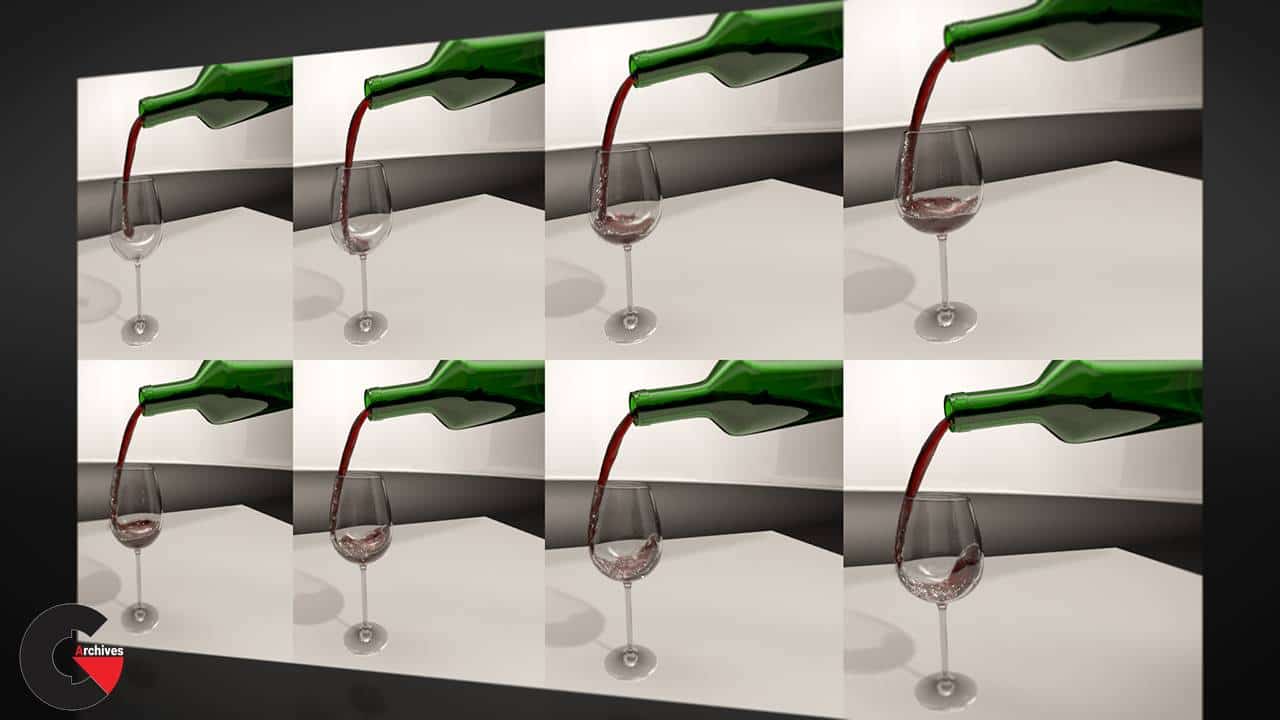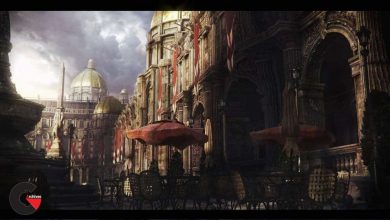Maya Dynamics: Bifrost for Small-scale Simulation
Maya Dynamics: Bifrost
Maya Dynamics: Bifrost : Though Bifrost is traditionally used for large-scale simulations, you can gain a powerful tool if you adjust this system to suit your needs. In this course, Maya Dynamics: Bifrost for Small Scale Simulations, you will first take a look at how you can work with gravity, liquid density, surface tension, and viscosity to change the typical large-scale behaviors of Bifrost liquids. Next, you will explore how you can change or turn off many of the adaptivities that traditionally make Bifrost a very fast and powerful large-scale simulator, but may cause quality issues with small-scale simulations. You will finish the course out by lighting and rendering out fluid in Arnold in Maya 2017. By the end of this course, you’ll have good foundational knowledge of adapting Bifrost to suit your needs for small-scale simulations. Software required: Autodesk Maya 2017.
- 1- Introduction, Information About Bifrost, and Preparing Your Assets 30m 30s
Introduction to the Project 2m 57s
Various Methods of Liquid Simulation in Maya 8m 42s
How Different Types of Liquid Simulation in Maya Work 10m 40s
Analyzing Your Assets and Discussing Scale 8m 10s
- 2- Setting up the Basic Structure of the Simulation 37m 1s
Creating the Bifrost Nodes and the Emitter 7m 6s
Setting up the Bifrost Colliders 6m 46s
Adjusting the Master Voxel Size and Visualization Settings 9m 59s
Creating Kill Planes 6m 17s
Analyzing the Simulation 6m 51s
- 3- Setting up the Scale, Quality, and Adaptivity 43m 58s
Adjusting the Gravity, Density, and Surface Tension 9m 34s
Adjusting the Erosion and Adaptivity Settings 8m 6s
Setting the Transport and Time Stepping Settings 5m 53s
Adding Viscosity and Adjusting the Gravity 9m 37s
Fine Tuning and Using Motion Fields 10m 47s
- 4- Caching out the Simulation, Meshing the Particles, and Exporting the Alembic Cache 34m 21s
Setting up for the Final Simulation 9m 47s
Caching out the Simulation 3m 44s
Analyzing the Cached Simulation 6m 8s
Meshing & Exporting the Cached Simulation 9m 5s
Assembling the Alembic Cache Files 5m 36s
- 5- Lighting, Shading, and Rendering 38m 26s
Setting up the Lighting in Arnold 8m 28s
Building Shaders for the Wine Bottle and Glass 6m 28s
Building the Shader for the Liquid Wine Geometry 5m 54s
Setting up the Motion Blur 5m 10s
Final Render Settings 7m 45s
Reviewing the Render & Course Wrap Up 4m 39s
lB6MwSwNNIYYHz66UqInBRH/video%20g/32839
Direct download links 1.1 GB :
Direct download link reserved for subscribers only This VIP
Dear user to download files, please subscribe to the VIP member
- To activate your special membership site, just go to this link and register and activate your own membership . >>>register and activate<<<
- You can subscribe to this link and take advantage of the many benefits of membership.
- Direct downloads links
- No ads No waiting
- Download without any limitation ، all content in website
CGArchives Is The Best
Review
Review
Review this tutorial






